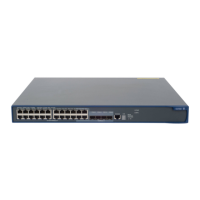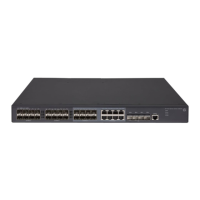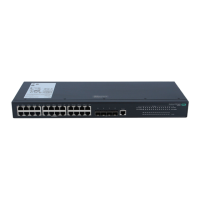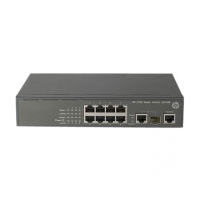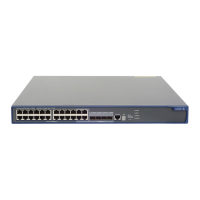120
[RouterD] display ip routing-table 1.1.1.1 verbose
Summary Count : 1
Destination: 1.1.1.1/32
Protocol: OSPF Process ID: 1
SubProtID: 0x1 Age: 04h20m37s
Cost: 1 Preference: 10
Tag: 0 State: Active Adv
OrigTblID: 0x0 OrigVrf: default-vrf
TableID: 0x2 OrigAs: 0
NBRID: 0x26000002 LastAs: 0
AttrID: 0xffffffff Neighbor: 0.0.0.0
Flags: 0x1008c OrigNextHop: 13.13.13.1
Label: NULL RealNextHop: 13.13.13.1
BkLabel: NULL BkNextHop: 24.24.24.2
Tunnel ID: Invalid Interface: Ethernet1/2
BkTunnel ID: Invalid BkInterface: Ethernet1/1
Troubleshooting OSPF configuration
No OSPF neighbor relationship established
Symptom
No OSPF neighbor relationship can be established.
Analysis
If the physical link and lower layer protocols work well, verify OSPF parameters configured on interfaces.
Two neighbors must have the same parameters, such as the area ID, network segment, and mask (a P2P
or virtual link can have different network segments and masks).
Solution
1. Use the display ospf peer command to verify OSPF neighbor information.
2. Use the display ospf interface command to verify OSPF interface information.
3. Ping the neighbor router's IP address to verify that the connectivity is normal.
4. Verify OSPF timers. The dead interval on an interface must be at least four times the hello interval.
5. On an NBMA network, use the peer ip-address command to manually specify the neighbor.
6. At least one interface must have a router priority higher than 0 on an NBMA or a broadcast
network.
Incorrect routing information
Symptom
OSPF cannot find routes to other areas.
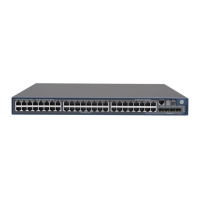
